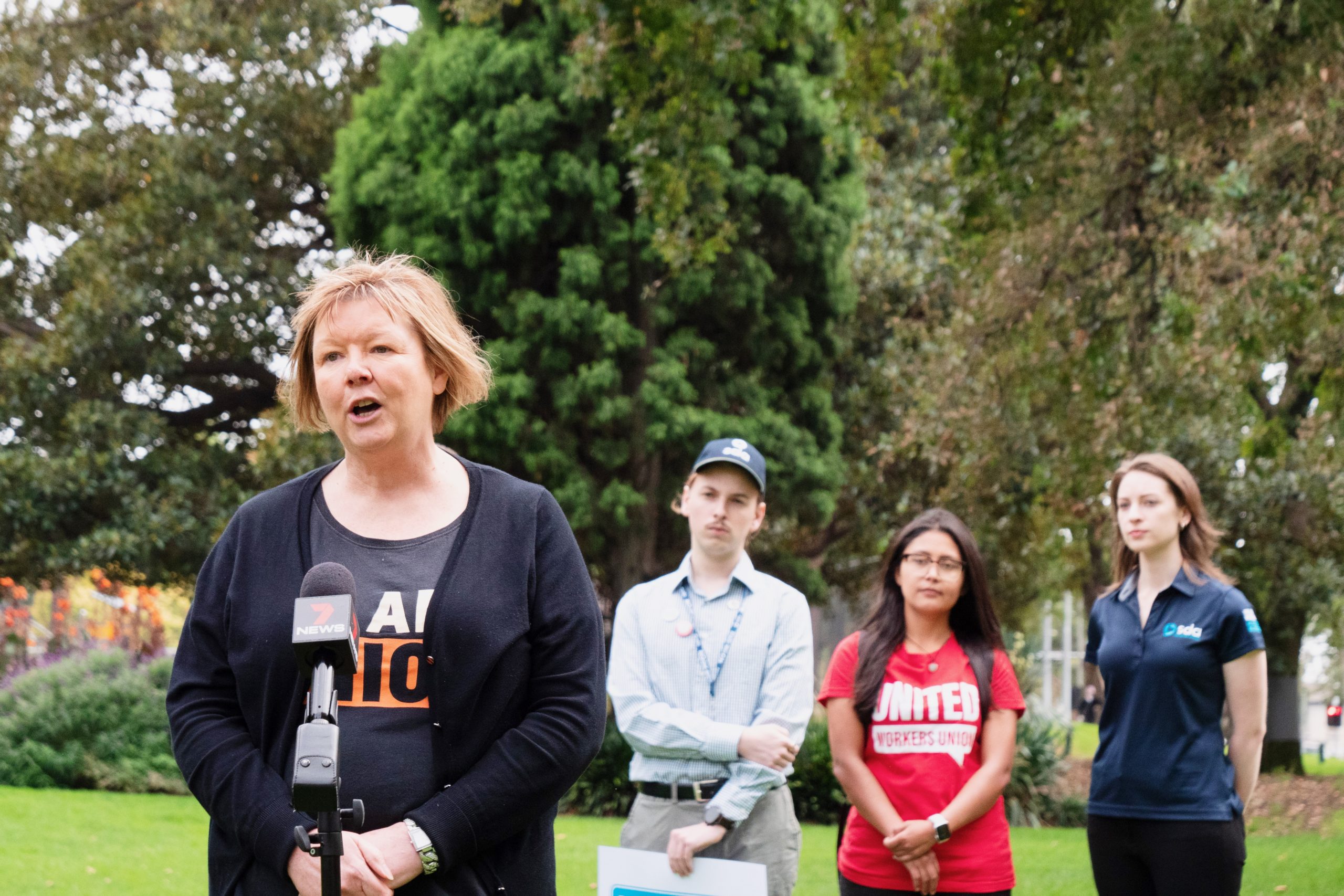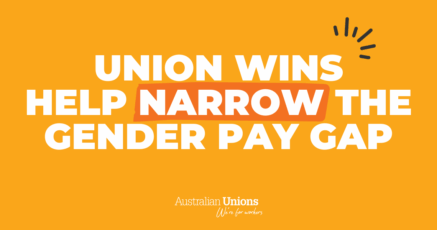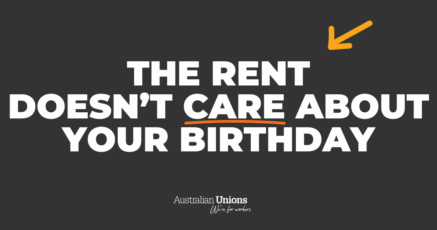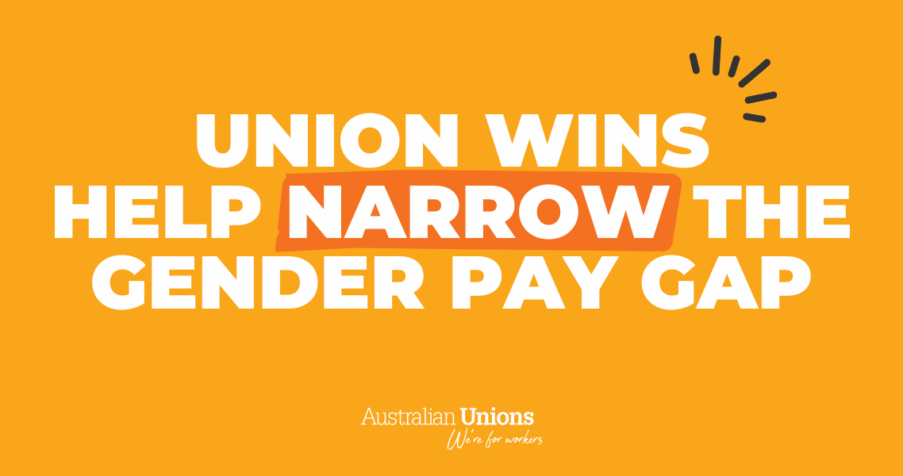Update: 8 May 2022
The Australian union movement revised its Annual Wage Review claim from 5% to 5.5% to ensure that the quarter of the workforce who rely on pay increases provided by the Review do not go backwards in the midst of the Morrison Government’s accelerating cost of living crisis. A pay rise of 5.5% for the one in four workers who rely on the outcome of Annual Wage Review for wage growth aims to ensure that they do not go backwards in real terms.With cost of living on the rise and real wages failing to keep up, it’s about time we had a ‘living wage’.
You likely have heard of the minimum wage. The living wage takes the idea a step further – it makes sure that workers can maintain a decent standard of living.
Even today, we still see big business often treating working people as commodities rather than humans. Now more than ever, the union movement is working to ensure we can all access a living wage.
A living wage would provide the means for workers to do more than just cover everyday essentials. We all want to be able to do more than just survive.
Businesses don’t always look after their workers
The wage you earn should be enough to pay for housing, food, transport, and other necessities, right? But that type of thinking hasn’t been the norm for that long.
When the minimum wage was first introduced in Australia more than a century ago, its purpose was to ensure that what workers could provide for themselves and their families.
The Harvester Judgement in 1907 meant that employers had to account for workers’ needs rather than just leave wages up to whatever profits the employer made.
Although the idea may seem unfathomable now, it was this ruling that ensured employers weren’t just leaving workers to starve if they decided they couldn’t pay them enough.
Why isn’t the minimum wage enough?
You would think that paying workers enough keep out of poverty would be a first step for any labour force.
But sticking to the minimum wage on its own simply isn’t enough to keep us out of poverty.
The current minimum hourly rate is $20.33 for a full-time worker – working out to $772.60 a week.
However, there are many exceptions to this standard that see workers receiving a lot less for their regular pay.
Many workers are underemployed – i.e., not working as many hours as they would like – and many Awards include lower wage rates for apprentices or ‘juniors’ (those under the age of 21).
In some circumstances, this means that you can be paid legally but still not earn enough to make ends meet.
And big business has shown us time and time again that they’re all too willing to put profits before people.
We’ve seen enough cases of wage theft and cutting corners to know that the best advocates for workers will always be workers themselves.

What a living wage could do for you
With 1 in 4 employees in Australia relying on an Award wage, a living wage could provide you with extra stability and some welcome respite from steep living expenses.
We have seen snail’s pace wage growth during the past nine years of Coalition Government. In fact, real wages have gone backwards under the Morrison Government in 2021.
Filling up the tank, buying groceries and paying rent is hurting us more than ever. But neither Morrison nor big business are interested in easing this stress.
When the minimum wage was conceived with the Harvester Agreement, it was meant to act as a living wage. But since then, it has fallen well beneath the level of a living wage.
Australian unions and their members believe that the national minimum wage should be a living wage. We have been campaigning year after year, despite ongoing opposition from employer groups and right-wing politicians.
A minimum wage as a living wage should reduce poverty and inequality, improve the absolute and relative living standards of workers that rely on Awards, and reduce the gap between Award and agreement rates of pay.
Our chance to get back on track
Each year, unions seek to raise the minimum wage for the whole country. Because we know that if we leave it up to big business and the Morrison Government to have all the say on wages, we’d be a country of people always working yet always poor.
This year we are demanding a 5% increase to the national minimum wage and Award minimum wages. The increase would ease cost of living stress and get Australia back on track to ensure all workers can earn a living wage.
You shouldn’t have to scrape by to make ends meet. Union members earn, on average, $250 more per week than non-union members.
From community and service workers to technicians and trades, workers in Australian unions continue to negotiate higher pay in ways that ensure all members get a fair wage for a fair day’s work.






SHARE:
What is a living wage? Here’s what you need to know